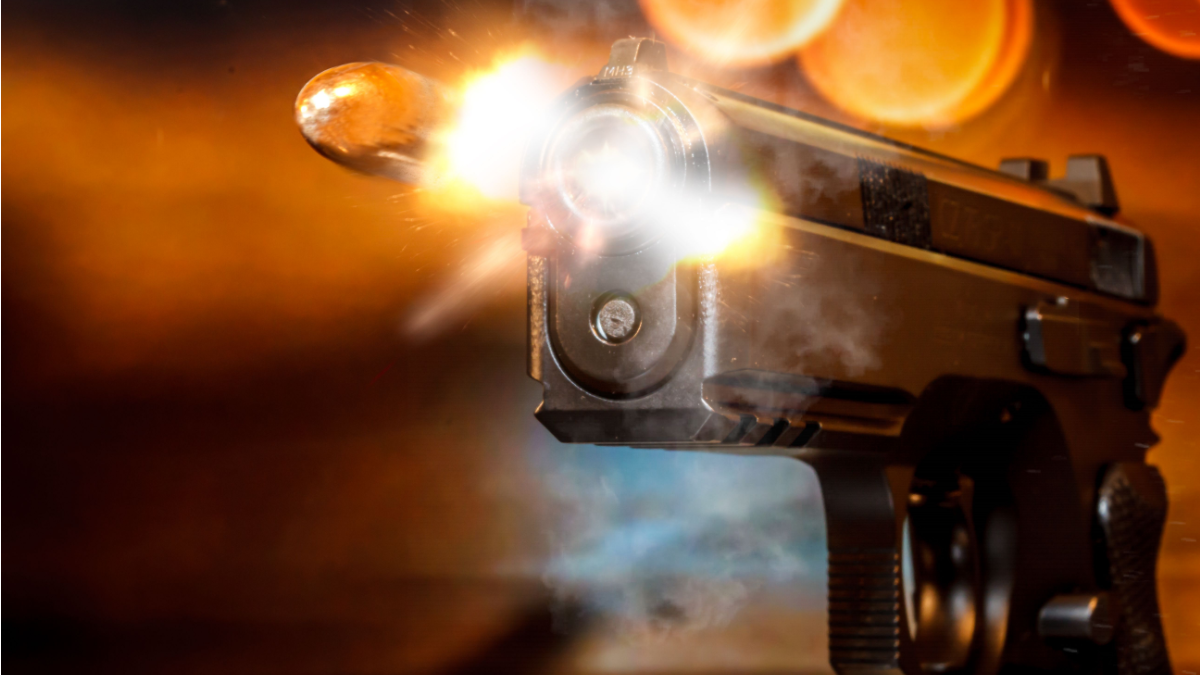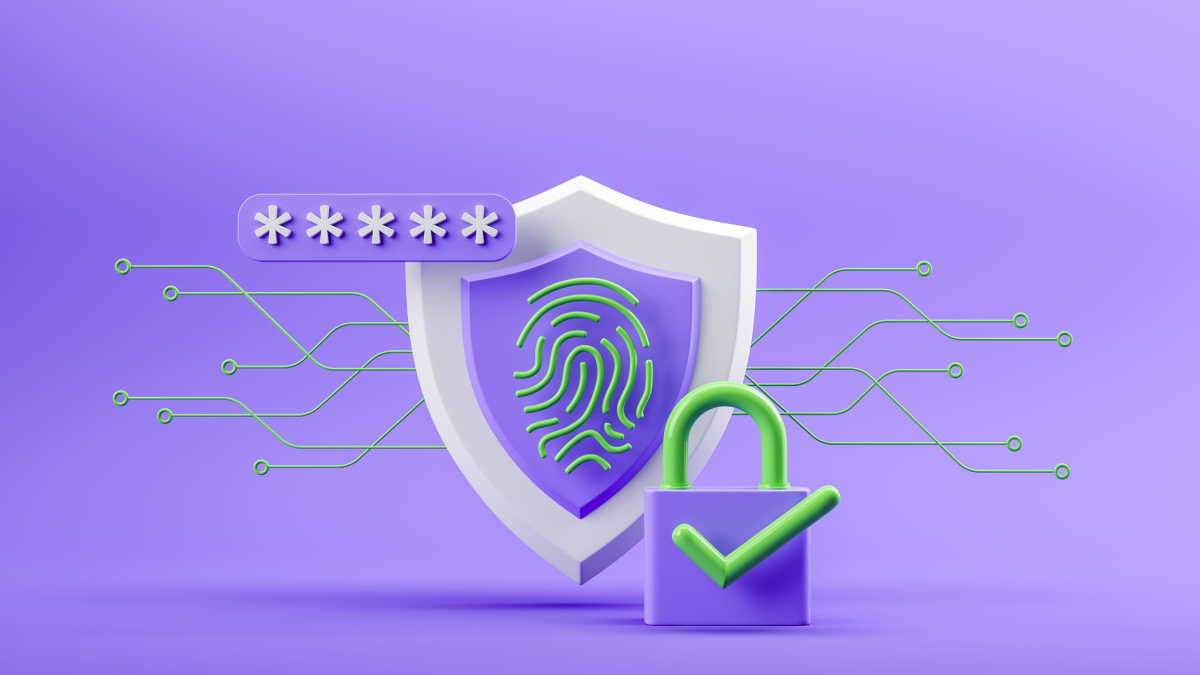
Smart guns are finally on the market after years of anticipation, and the first commercially available smart handgun has been released by Biofire Technologies. The 9mm firearm uses fingerprint and facial recognition technology to unlock the weapon, and the release could potentially trigger a new arms race among smart gun manufacturers. With the rise of accidental and unnecessary gun deaths, smart guns could help reduce such tragedies, but they also have limitations in the broader problem of easily accessible guns. In this article, we delve into the workings of the smart gun and its potential impact on gun control.
How does the smart gun work?
Biofire's smart gun works by using a fingerprint and facial recognition biometric identity verification tool to unlock the 9mm handgun. The gun itself is docked on a bookshelf, and when authorized users pick it up, the biometric systems independently verify the user's identity. Whichever system verifies the identity first unlocks the gun. The biometric data is stored on the gun and never leaves it. The weapon is powered by a rechargeable battery and reportedly uses encryption to prevent unauthorized users from retrofitting it into a traditional firearm. The gun locks the moment it leaves authorized users' hands, essentially rendering it a paperweight in the hands of unauthorized users.
Why are smart guns on the market now?
Apart from acting as a safeguard against accidental child suicides, smart guns have another clear advantage: limiting mass shootings. Recent mass shootings across the United States have once again left lawmakers scrambling for legislative reforms. However, Republican lawmakers have admitted that new gun restrictions or regulations are off the table. Smart guns, therefore, could theoretically provide some relief in this total lack of accountability. Biometric identifiers such as fingerprint scanners or facial recognition could make it much more difficult for minors or those unable to legally purchase a gun to carry out attacks with borrowed or stolen firearms. Such security measures could have played a preventative role in the 2012 Sandy Hook Elementary School shooting, where the gunman used his mother's gun to carry out the attack. Nonetheless, recent research by the National Institute of Justice found that the vast majority (77%) of mass shooters between 1966 and 2019 purchased at least one legal firearm to carry out their acts of violence.

Smart Guns and the Broader Issue of Gun Control
While smart guns could help reduce mass shootings, especially in schools, they probably won't make a significant dent in the broader problem of easily accessible guns. In other words, smart guns are not a comprehensive solution to gun control. According to data from the Centers for Disease Control and Prevention (CDC) for 2020, guns were the leading cause of death among children. Smart guns could prevent such tragedies, but they also come with limitations, especially in situations where you have to fight back with someone else's gun on the spur of the moment. Nonetheless, as Gareth Glaser, president and CEO of LodeStar Works, said, "Everyone uses some form of authentication technology on their smartphone." Thus, it's only logical to expect that smart guns will be the norm in the future, with more advanced features that address the broader issue of gun control.
The introduction of smart guns is an exciting development in the world of firearm technology. Biofire's smart gun is a great example of how biometric technology can revolutionize firearm safety. While smart guns are not a comprehensive solution to gun control, they could significantly help reduce accidental gun deaths, prevent unauthorized access to firearms, and limit mass shootings. As smart gun technology advances, it's essential to consider its broader impact on gun control and how it can complement other legislative and policy reforms. Overall, smart guns are a step in the right direction in addressing the problem of gun violence.